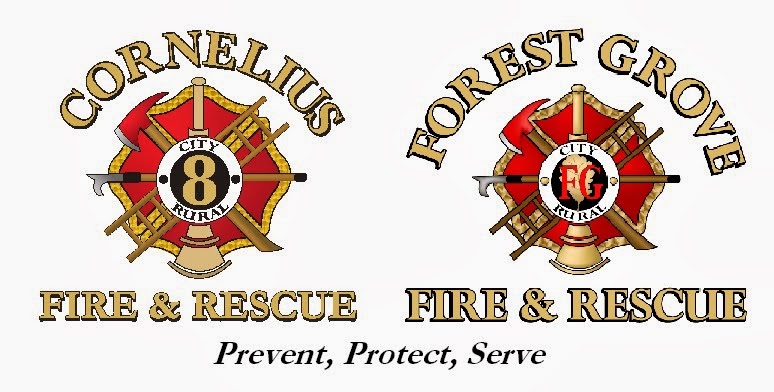
First off, backyard campfires are considered by the fire code to be a recreational fire. They do not fall into the same category as yard debris burning, so even though yard debris burn season is closed right now, you can still have a backyard campfire. There may be a time where if the weather gets extremely dry that even recreational fires are banned, but right now they are allowed. If a total burn ban happens we will get the word out. If a backyard campfire is in your near future we offer this advice:
- Locate it well away from anything that can burn. It should be clear from trees, brush, landscaping, buildings, and fences. Dig the pit down a little and ring it with rocks or other non combustible material to help prevent fire spread. Keep the area clear around it so embers cannot escape and start unwanted fires. If you use a commercially made outdoor fire place the same advice is appropriate. Keep the area around it free of grass and anything that can burn.
- Use only small amounts of dry seasoned fire wood. We get dozens of complaint calls each year about smoke, and using dry fire wood will help you have a smoke free fire. Never burn treated outdoor wood, plastic, or garbage in your campfire.
- Be prepared and responsible for your fire. Have a garden hose and shovel handy to help control your fire and put it out when you are done. If you are having a campfire as part of a party at your home please make sure someone remains in control of the fire. This should be an adult who is not drinking and remains near the fire at all times.
- Use a spark screen over the fire pit so that embers and ash remain in the fire pit and not blowing into you or your neighbor's yard.
- When you are done make sure the fire is out. Completely soak the fire pit area with water and stir it with a shovel until no steam or smoke comes from it. Never leave the fire burning when you are done.


